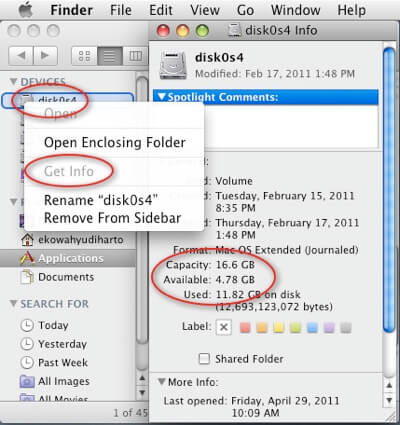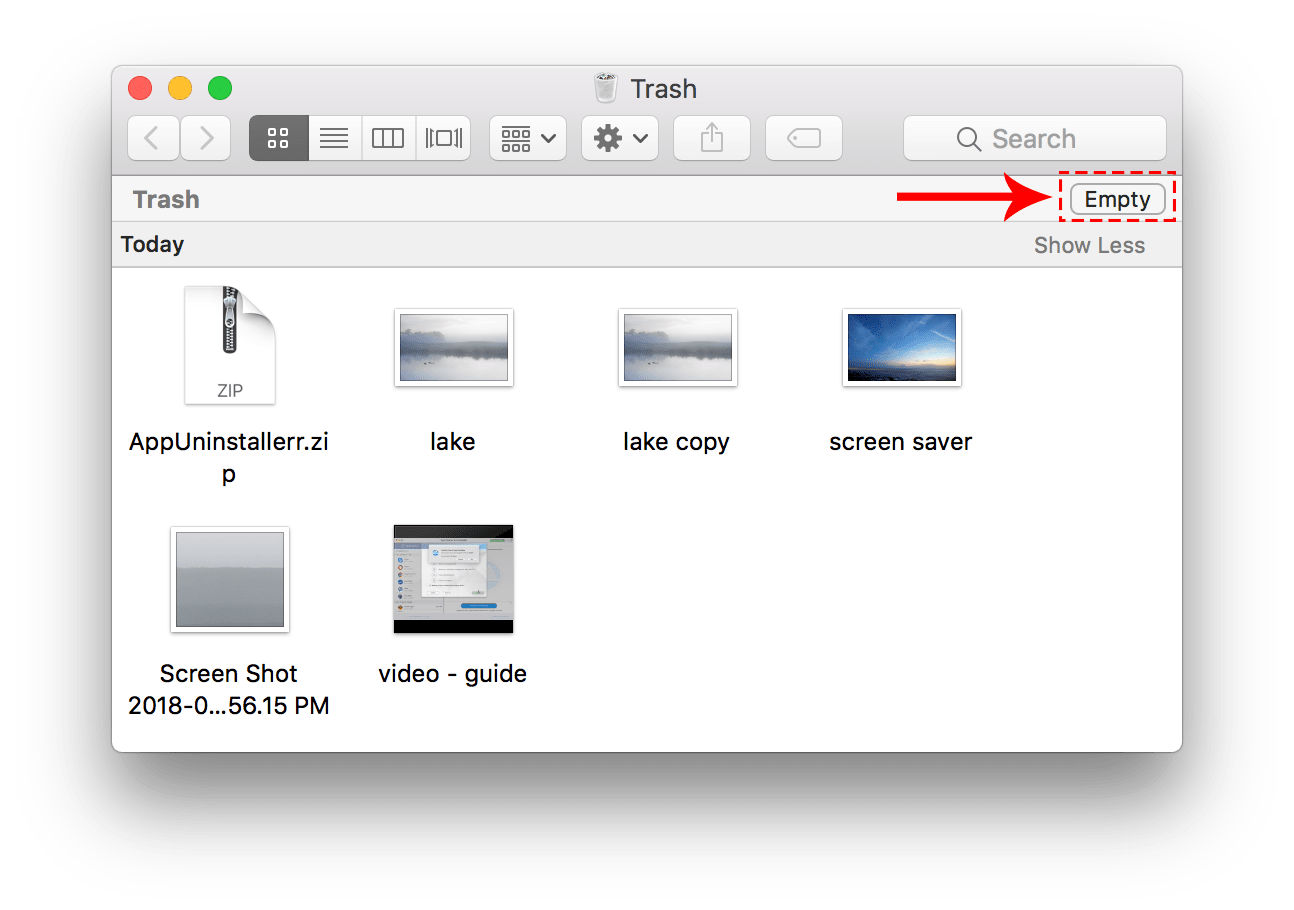

If that’s the case, you can do a quick cleanup.īegin with disk images. Our bet is that your Downloads folder is stuffed with PDFs, disk image files, images, etc.


Simply click on the magnifying glass icon to get a preview of the file and if you think they’re expendable at this point, click on the “x” button to delete. You’ll see the largest files on your Mac, including when you last accessed them. Before that happens, click on Review Files where you’ll be taken to a pane that shows Downloads, File Browser, and Large Files. Turning this option on allows the computer to review all the content it stores and deletes older documents. Try the Reduce Clutter FeatureĬan’t figure out which documents you don’t really need? Try out Mac’s Reduce Clutter option. Before that happens, it’s worth taking some time to see which extra shots you can afford to delete.Īnd if you’ve been a long-time Mac user who may have migrated to the Photos app from iPhoto or Aperture, don’t be surprised to find that Aperture/iPhoto may still have some unnecessary associated files lurking in your computer. Before deleting those files, it’s worth copying your entire photo library to an external drive for safekeeping. Your photo library is one of those places that you won’t notice occupying tens of gigabytes until it’s too late. Because a month seems too long a time to completely overlook any crucial files that you may have deleted by accident, we recommend proceeding. When you click the “Turn On” button, you will see a prompt asking if you’re sure you want to erase what’s in your trash automatically.

While you may be worried that you might end up deleting something important, the feature gives you 30 days to sort through your trash. Selecting this option on macOS Sierra will empty files in your trash after they’ve been there for a long time. From there, you should be able to send them to the trash. lproj as each of those will include a language file. To get rid of extra language files that you won’t need, go to the Resources folder. Although the multiple language support can be handy, you probably won’t ever be using that many dialects on a daily basis. That can be a little tricky considering the built-in solid-state drive (SSD) on the latest MacBooks starts at a pedestrian 128GB.īefore your storage space gets in the way of your Mac experience, keep your hard drive clean with these tips: Remove Languages You Don’t Useīeing localized in over 25 languages means the Mac OS X installs that many languages on your machine. To keep your Mac running smoothly, you need to have 10% of your storage free at all times. When the dreaded “Your startup disk is almost full” error rears its ugly head, there’s always a moment of panic but there are easy solutions.


 0 kommentar(er)
0 kommentar(er)
